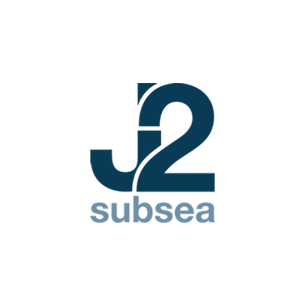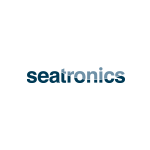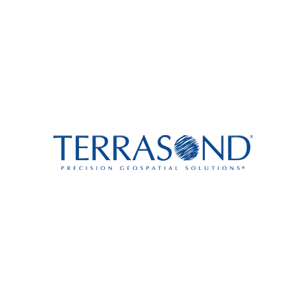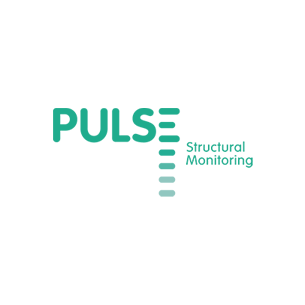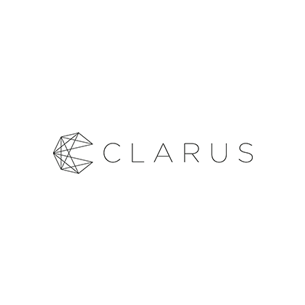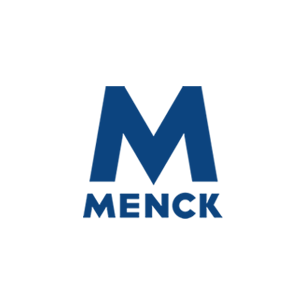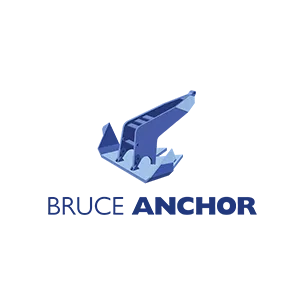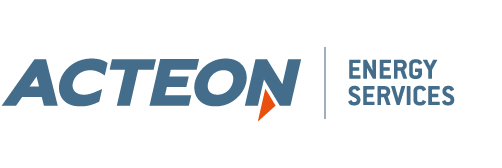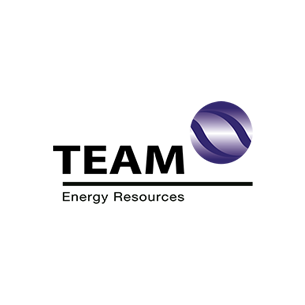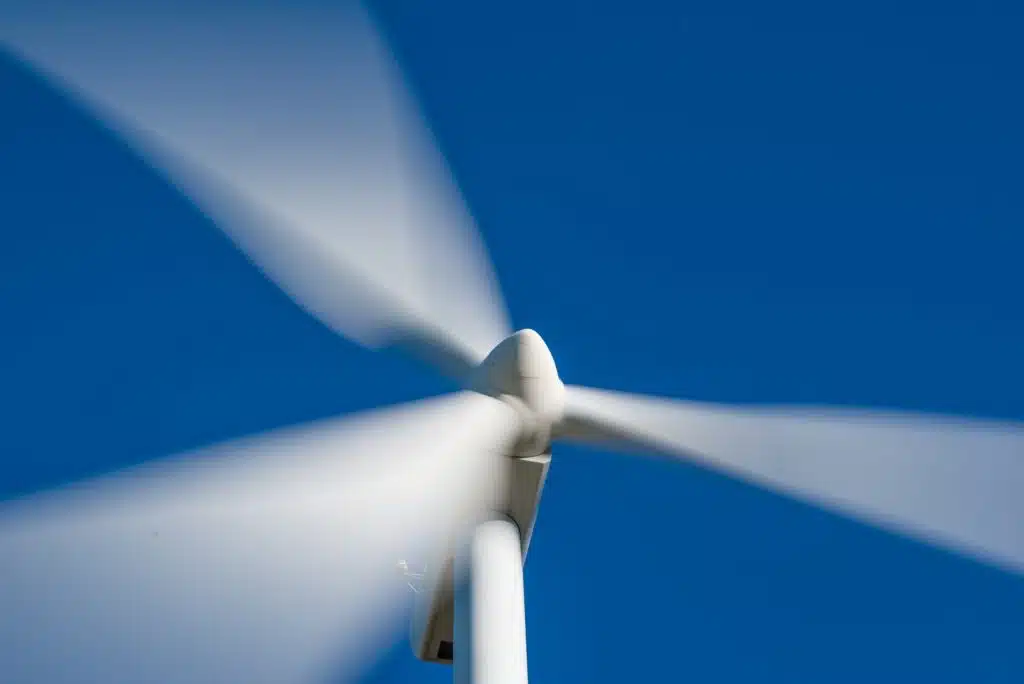As for the installation, certain maintenance operations can also take place in port, whether for turbine maintenance or part exchange and repair, avoiding the need for crews staying offshore for extensive periods as well as the need for large construction vessels.
Floating wind cost reductions are happening quickly. For example, Equinor managed to reduce 40% of the cost between Hywind Scotland and the upcoming Hywind Tampen in the Norwegian North Sea and plan to further reduce costs by 30% or more into their next 250 to 500 MW project.
Less environmental impact
By allowing the wind turbines to be installed farther offshore, floating wind farms face less of the traditional NIMBY (“Not In My Back Yard”) resistance from local communities, since visual impact over the skyline and noise issues are minimised.
Not only do they benefit from being “out of sight, out of mind”, but their installation is also less invasive than traditional bottom-fixed projects:
- Drag anchors, SEPLA anchors, suction piles, and other anchoring solutions minimise the need for noisy piling installation, posing less threat for fish and marine mammals. They are also easier to retrieve, should this be needed. Acteon’s long-standing track record in designing, fabricating, installing, and recovering suction piles, as well as their extensive worldwide inventory of mooring equipment make anchors, chain, rope, and other mooring kit easily available.
- By being farther away from the shore, they have less impact on the fragile coastal ecosystem and the landscape. They also have less impact on other marine users such as fishing, pleasure vessels, and marine transportation.
Improved access to better resources means increased capacity
Not only do winds blow stronger farther offshore but they are also more consistent. Over 80% of all the offshore wind energy resource is in waters deeper than 60 meters where bottom-fixed installations are not feasible. Stronger and more consistent winds can mean that capacity factors of over 60% can be achieved for higher-depth, floating wind installations (the Hywind floating wind farm in Scotland achieved over 65% capacity factor in the first three months of operation) compared to between 45% and 60% for a fixed wind turbine in the North Sea. As a result, floating wind projects may very well lead to a better Levelised Cost of Energy (LCoE) than fixed ones.
Not only does floating wind technology allow improved access to more wind resources by moving farther offshore, but also by relying less on seabed conditions, it provides access to areas and resources normally not accessible with simply fixed foundations. For example, the offshore western coast of the United States drops off rapidly of the continental shelf and as a result, is largely impractical for fixed offshore wind. Future offshore wind development in California will likely be driven by floating projects.
Favourable impact on the local economy
As they are fully built and assembled onshore, floating wind turbines require the development of a local supply chain including specialties such as welding and assembly, electrical specialist services, heavy lifts, etc… Some shore base areas such as Great Yarmouth in the East of England have put forward their yard storage and heavy lift quay facilities for years to support the offshore wind industry. This concept has recently been taken a step forward by some authorities in the US announcing the construction of ports purpose-built to assemble offshore wind turbines, such as was announced by the Governor of New Jersey in June 2020. A University of Delaware study followed up on that announcement and recently identified two prime East Coast locations for marshalling ports in Delaware Bay.
With the development of some ports dedicated to assembling wind turbines, floating wind could have some serious positive impact on the regeneration of old industrial coastal areas.
Conclusions
The offshore wind industry is changing fast and floating wind is set to play a major role in its future. The industry is closing in on several platform designs but is still evaluating some prototypes. The resulting designs are unlikely to be a one-size-fits-all, as some may better fit local electricity demand and environmental conditions than others. Acteon leverages their domain knowledge in engineering, mooring, and marine installation to service this new and promising industry.

HARNESS THE POTENTIAL OF FLOATING WIND
At Acteon, we know that smart technology and innovation are the key to reduce projects footprints, risk and overall costs.
We leverage our profound, cross-disciplinary understanding and execution of design and engineering interactions across the project life cycle to come up with innovative and creative solutions to the most complex projects.

